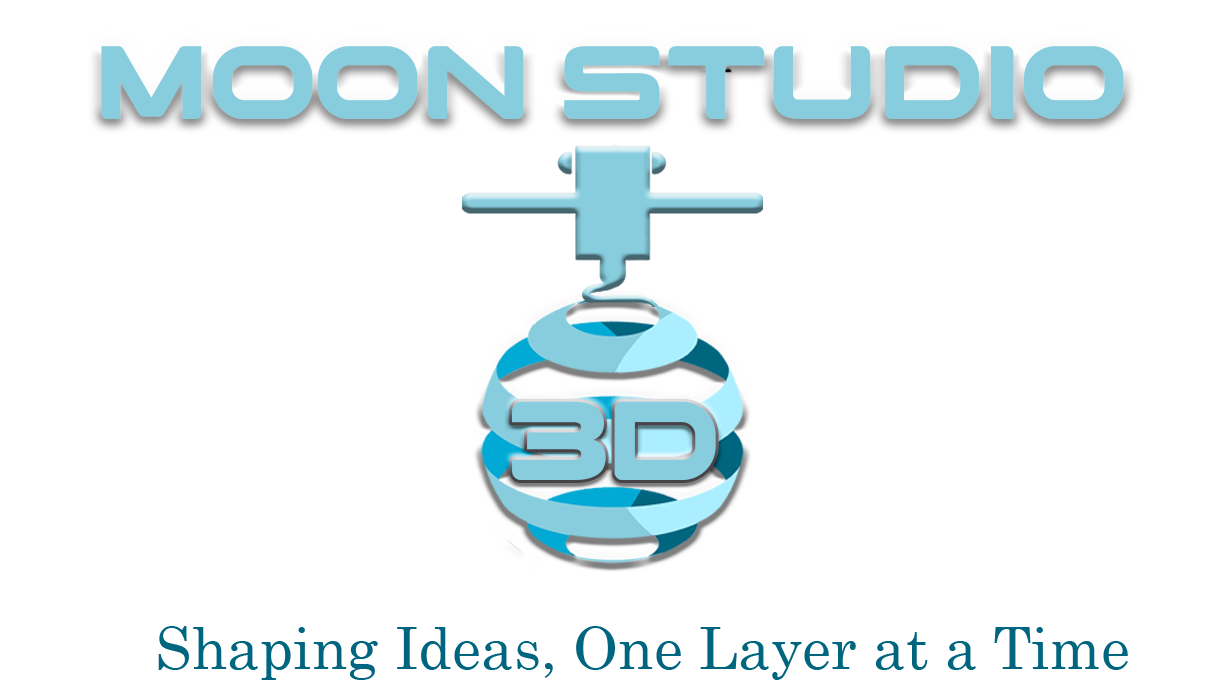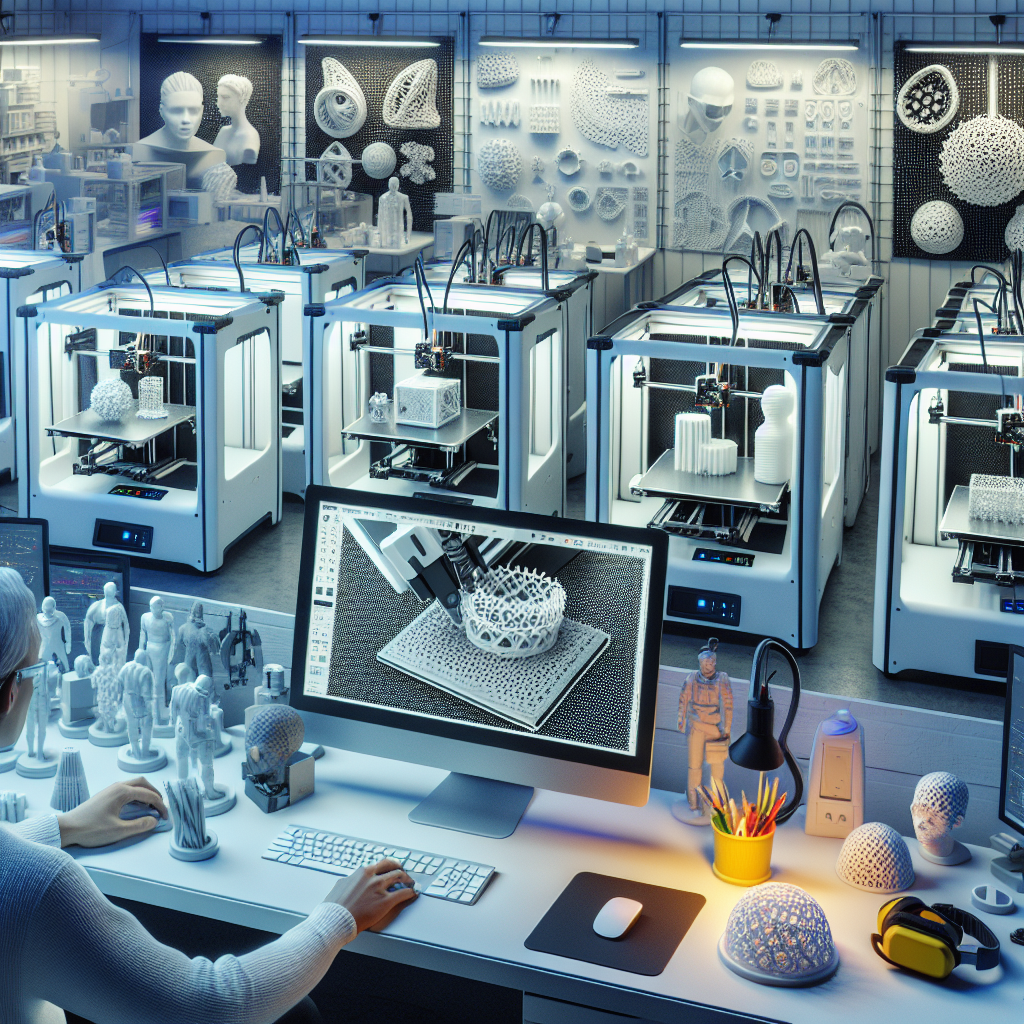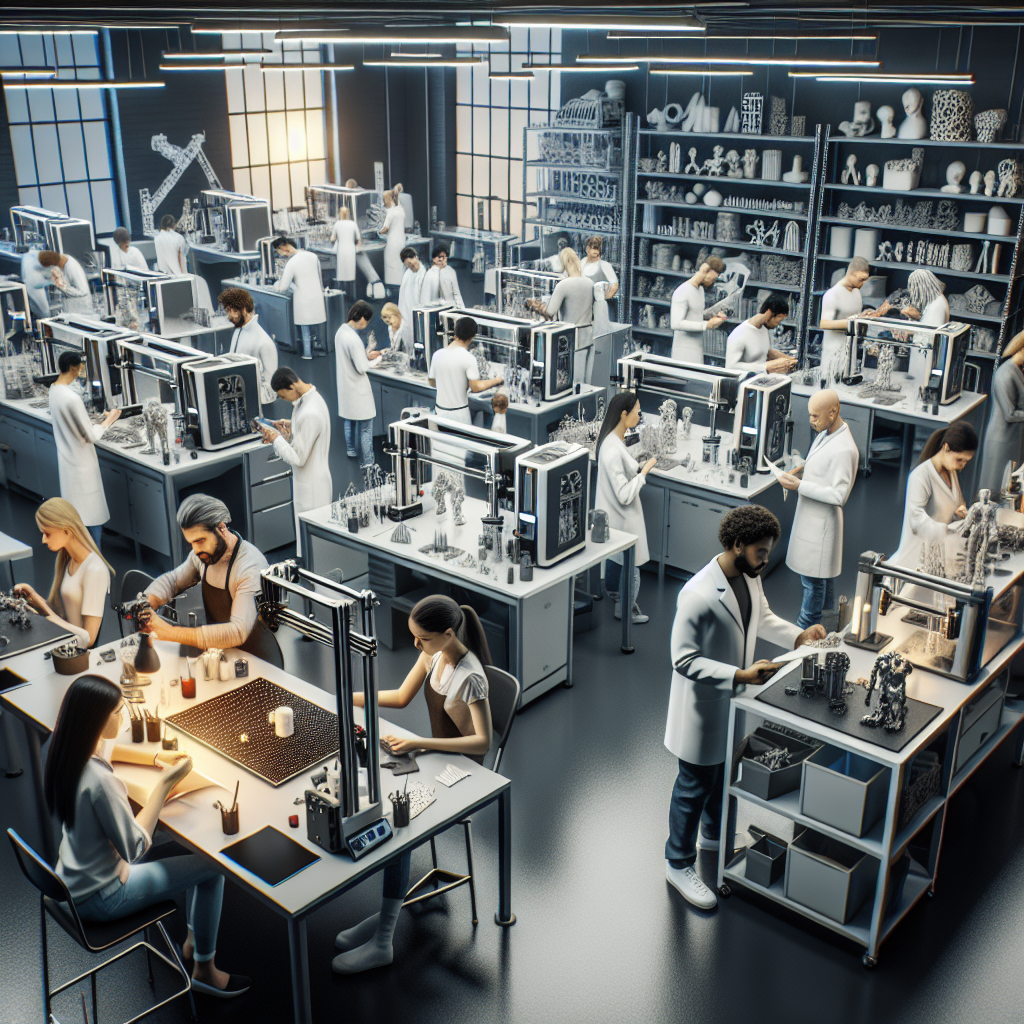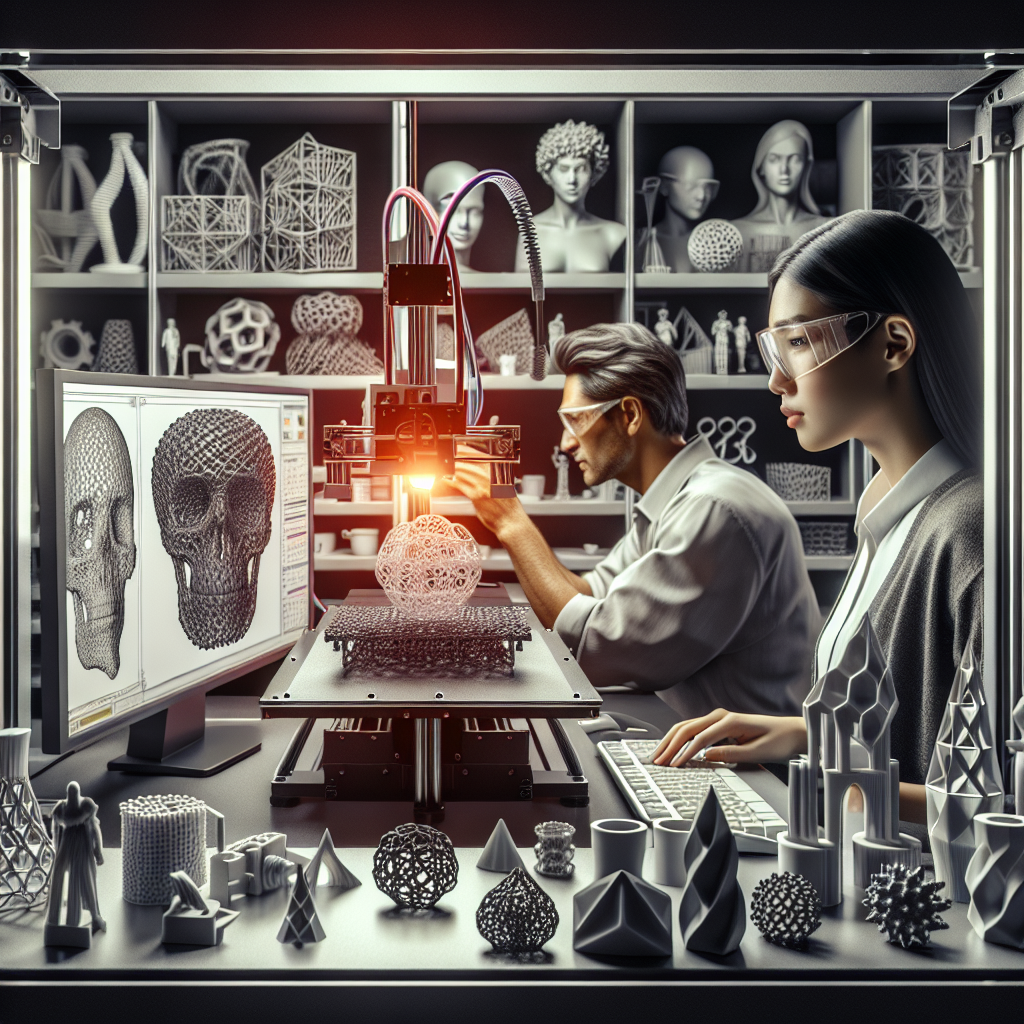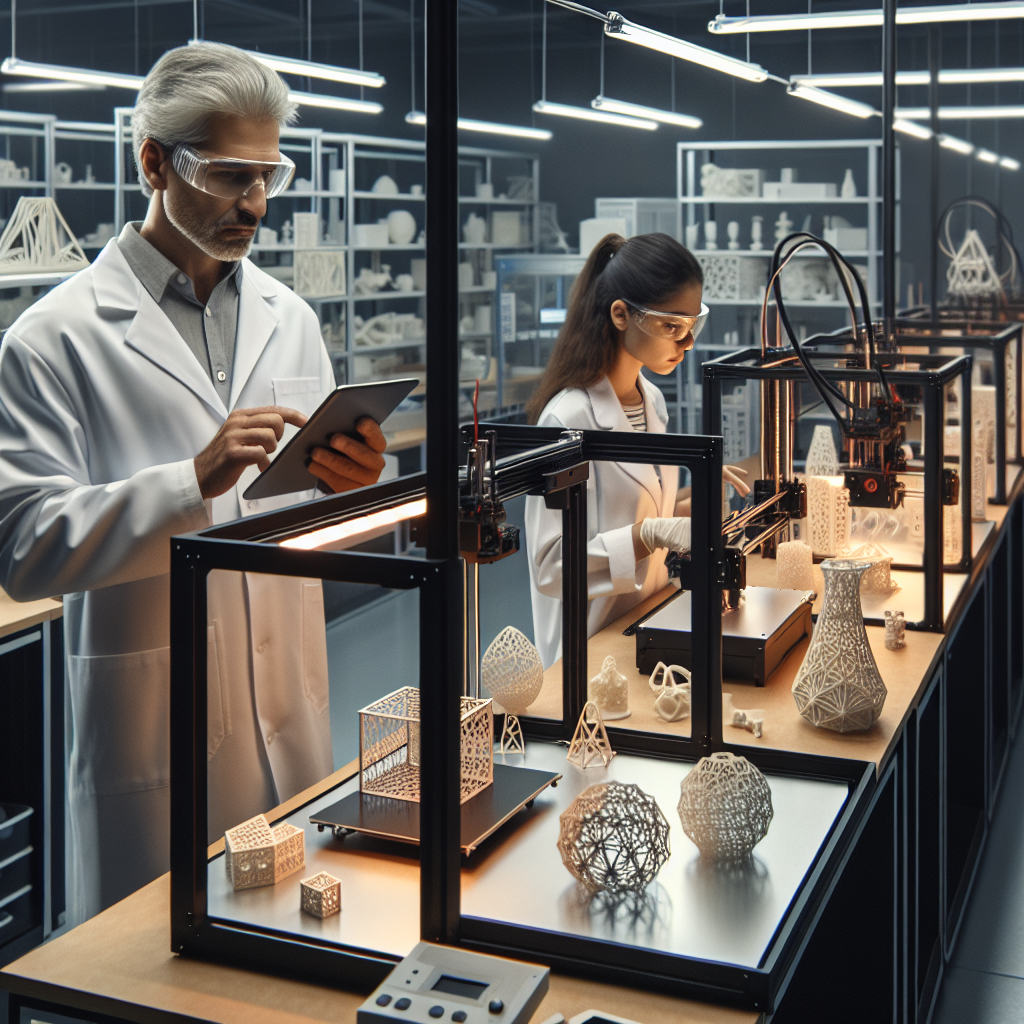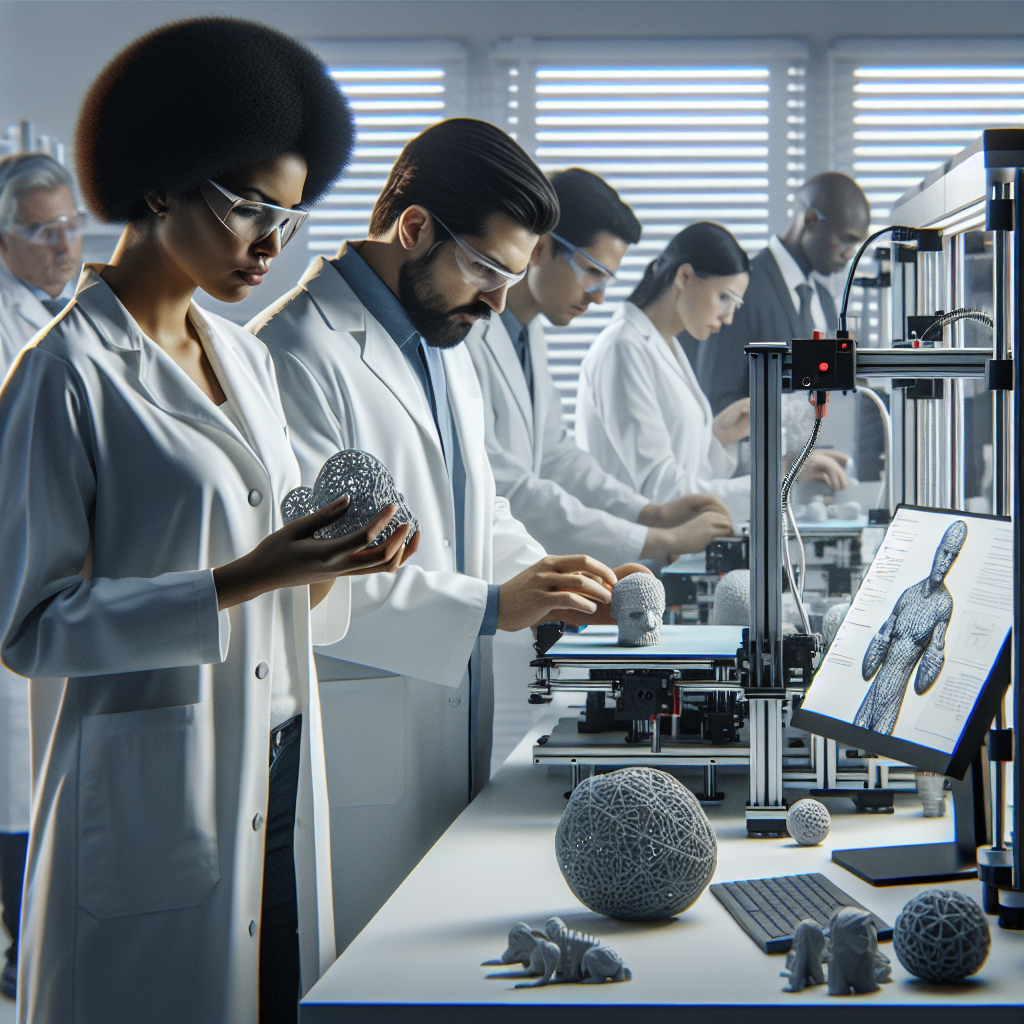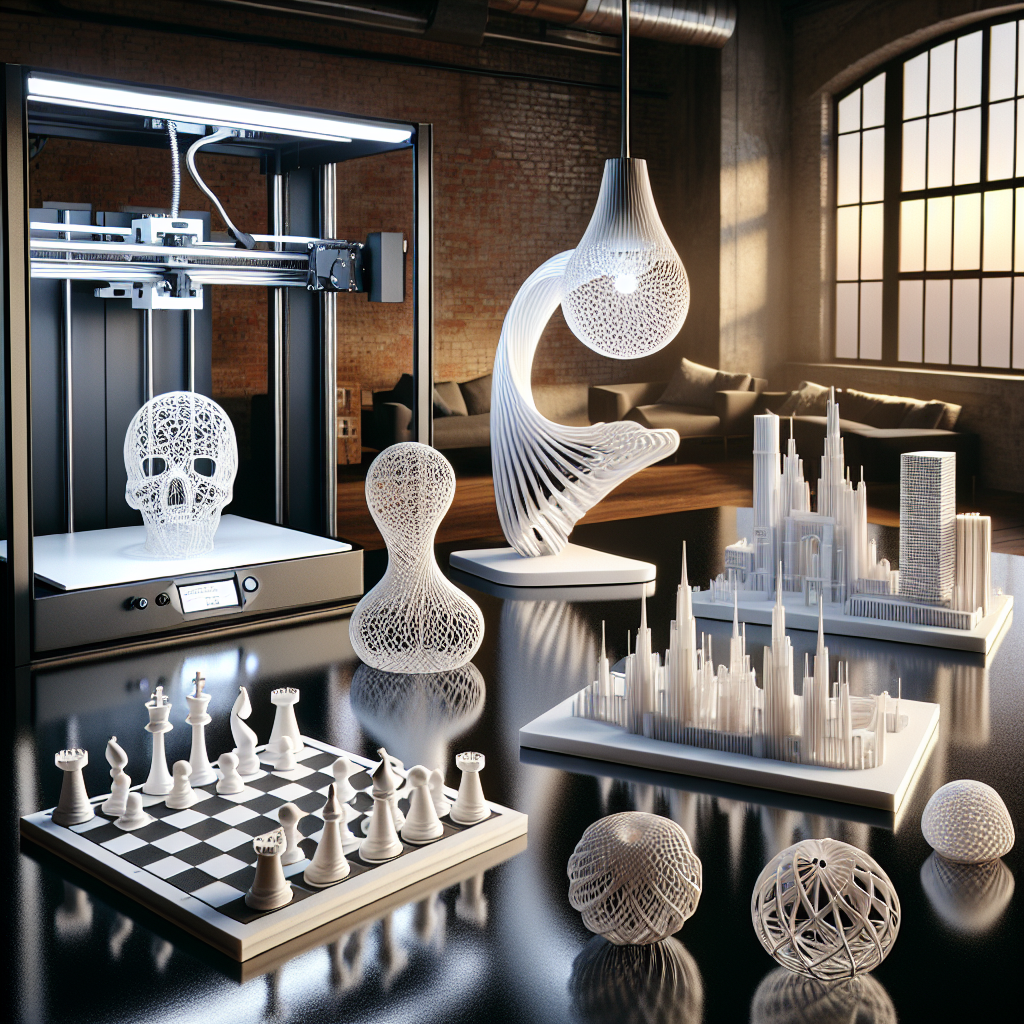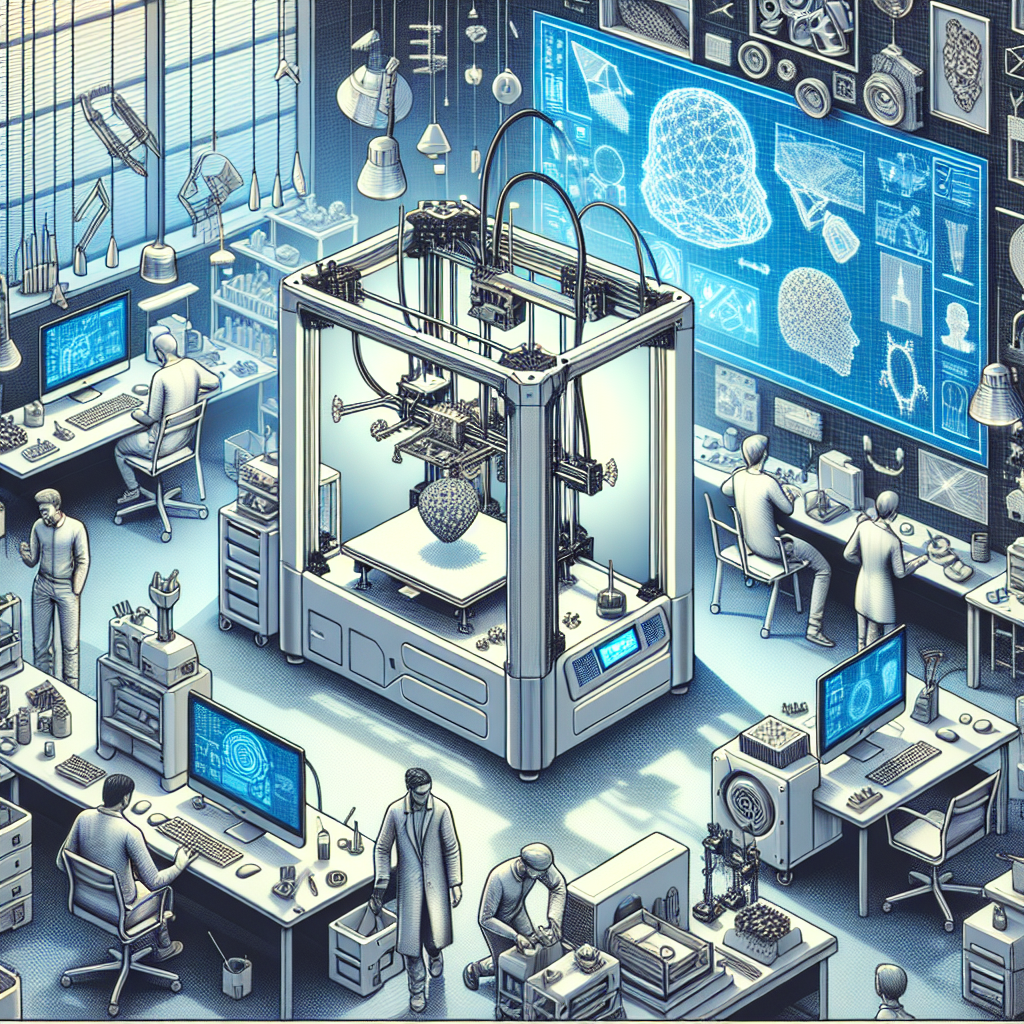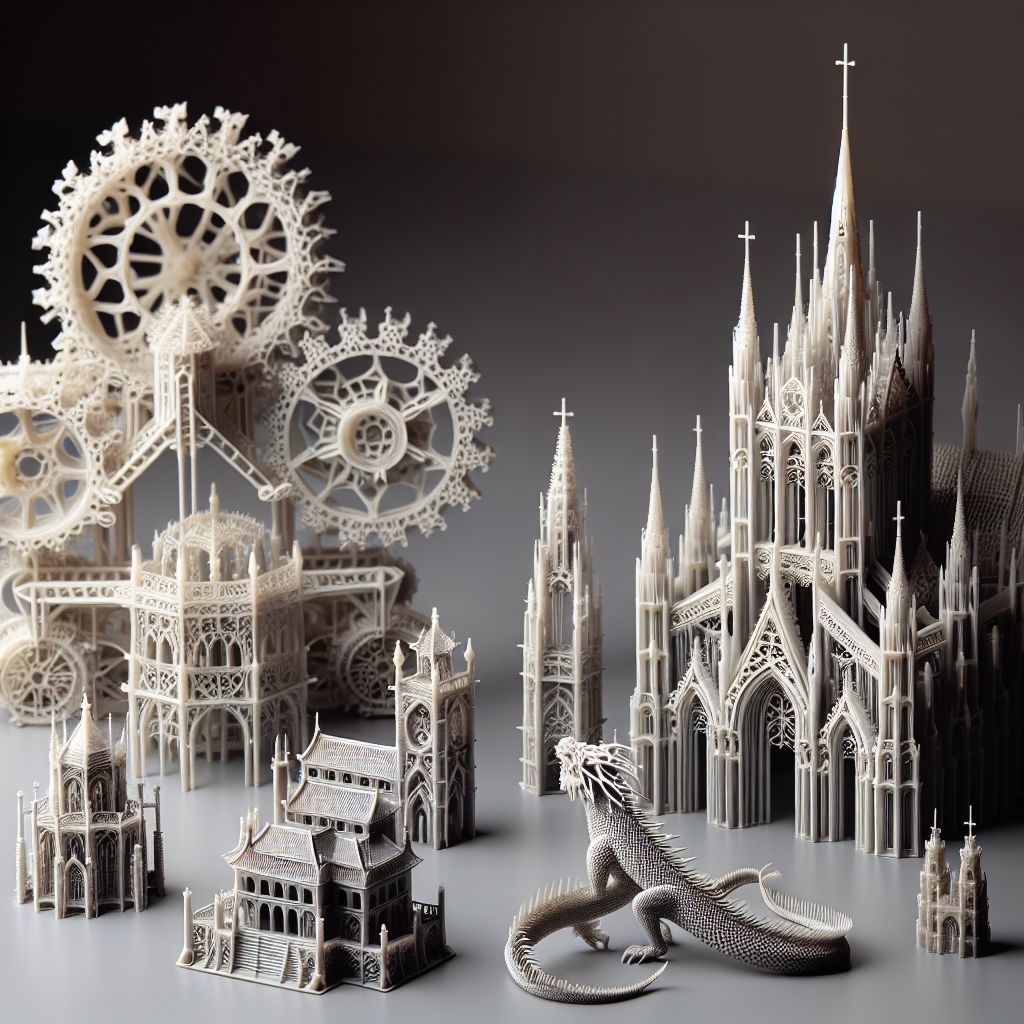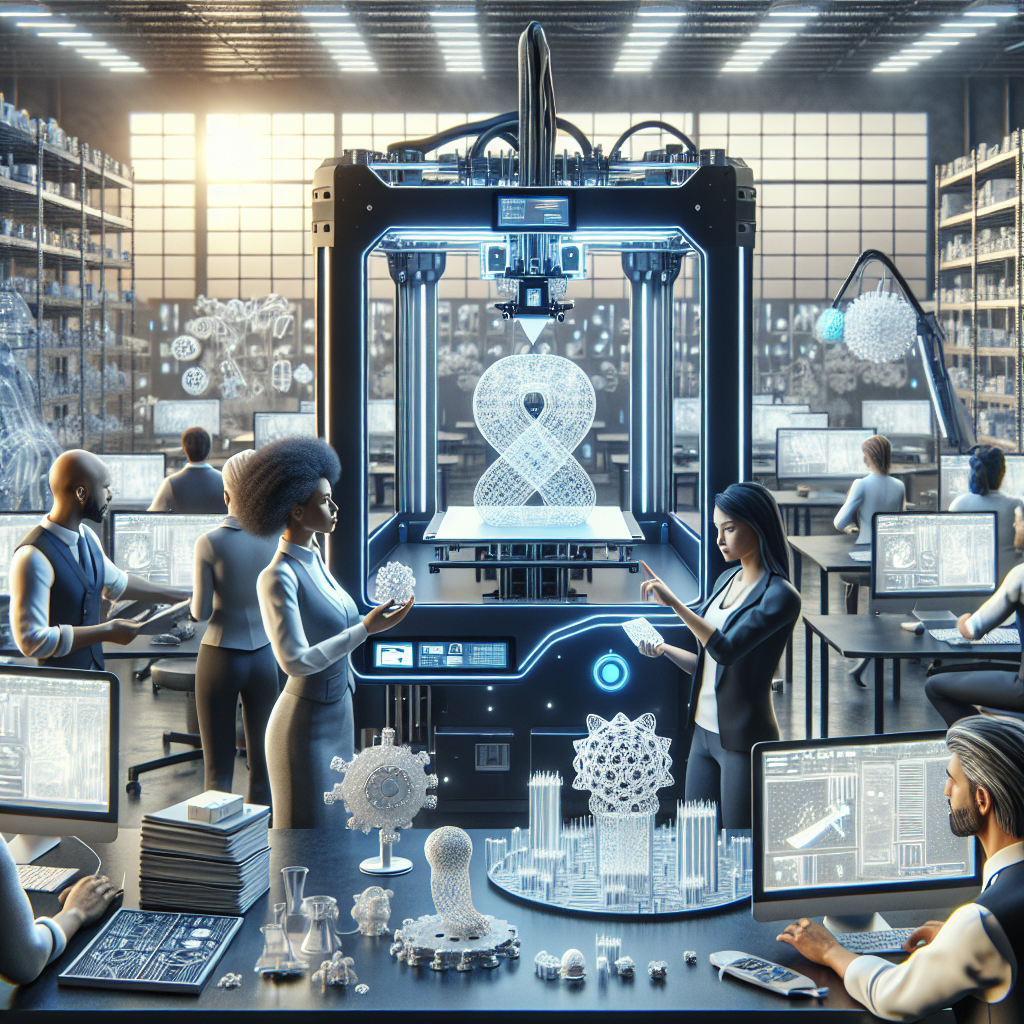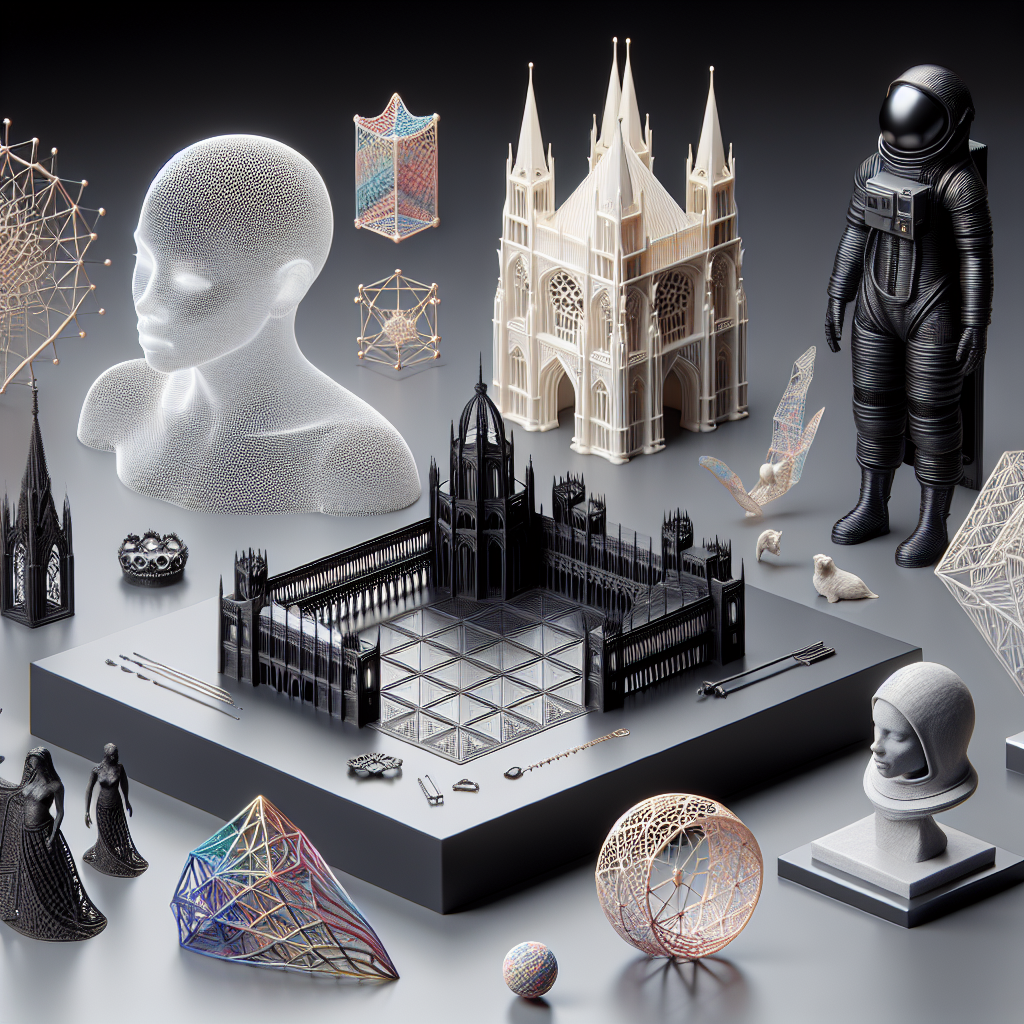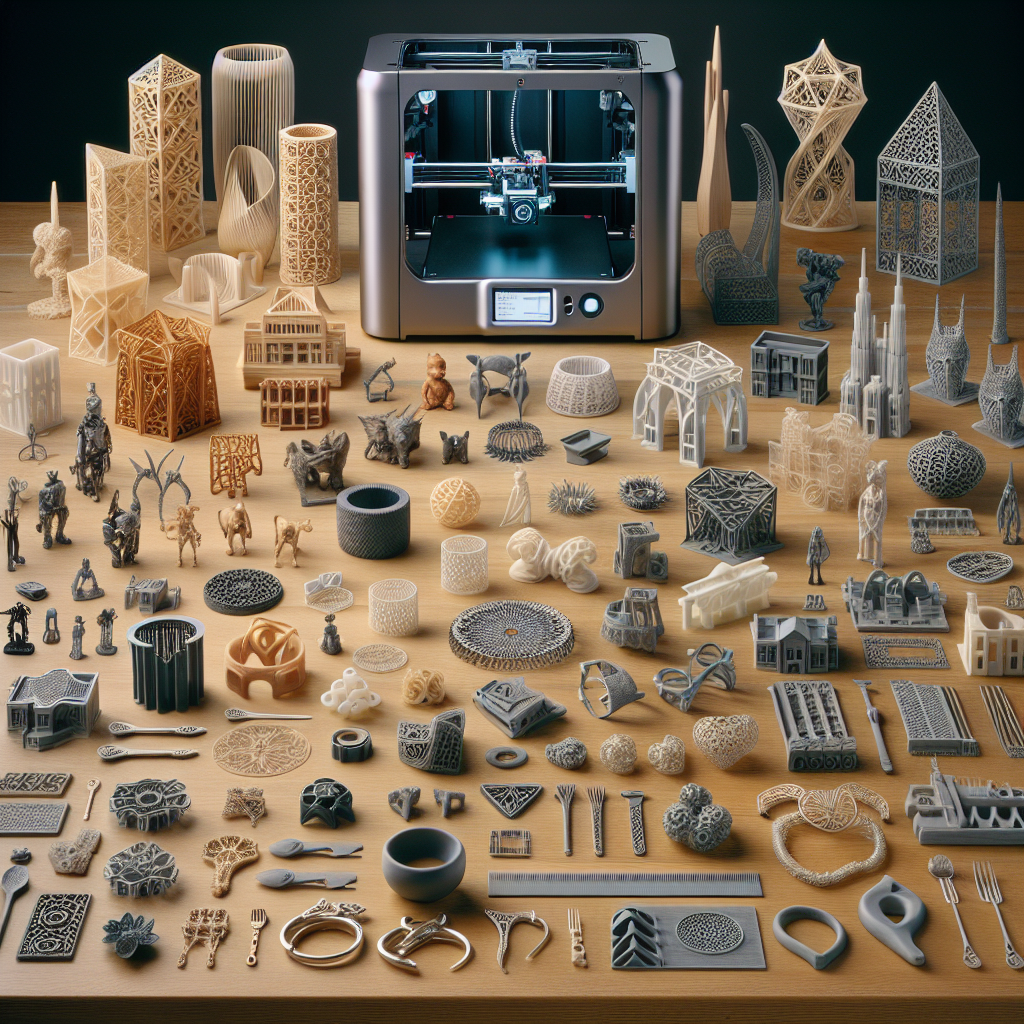In today’s rapidly evolving technological landscape, 3D printing has emerged as a groundbreaking tool, transforming various industries by revolutionizing the way products are designed, prototyped, and manufactured. This article explores the significance of 3D printing in product development and how it has brought us closer to achieving prototype perfection.
Introduction to 3D Printing
3D printing, also known as additive manufacturing, involves the creation of three-dimensional objects by layering materials based on a digital model. This process contrasts with traditional subtractive manufacturing, where material is removed from a larger block to create the desired shape. The ability to create complex geometries with precision and speed has led to widespread adoption of 3D printing in industries such as automotive, aerospace, healthcare, and consumer goods.
The Impact of 3D Printing on Product Development
Accelerating the Design Process
Traditionally, product development involved multiple stages of designing, prototyping, testing, and refining, which could be time-consuming and expensive. With 3D printing services, designers can now create prototypes rapidly, allowing for faster iteration and refinement. This swift turnaround enhances creativity and innovation, as concepts can be tested and modified in real-time.
Reducing Costs and Material Waste
3D printing minimizes material waste by only using the necessary amount of material to build a product layer by layer. This efficiency not only reduces costs but is also environmentally friendly. Designers can experiment with different materials and structures without worrying about excessive waste. Moreover, the ability to produce customized 3D products ensures that businesses can create personalized solutions without the need for large-scale manufacturing.
Enhancing Product Quality and Functionality
One of the most significant advantages of 3D printing is the ability to produce intricate designs that would be impossible with traditional manufacturing methods. With this technology, product developers can optimize structures for strength, weight, and functionality, leading to innovative products that meet exacting standards. This capability is particularly beneficial in industries requiring precision, such as medical devices and aerospace components.
Prototyping in a Digital Age
The advent of digital tools and software for designing 3D models has streamlined the prototyping process even further. By integrating computer-aided design (CAD) software with 3D printing, designers can seamlessly transition from concept to physical prototype. This digital workflow enhances collaboration among teams and facilitates the sharing of ideas and feedback across geographical locations.
Real-world Applications of 3D Printing in Product Development
Healthcare Innovations
In the healthcare sector, 3D printing has enabled the creation of patient-specific implants, prosthetics, and anatomical models for surgical planning. The ability to customize designs based on individual patient needs represents a significant leap forward in personalized medicine, offering better outcomes and improved patient care.
Automotive Advancements
Automotive manufacturers are leveraging 3D printing to produce components with complex geometries that enhance vehicle performance and fuel efficiency. From lightweight structures to aerodynamic components, the possibilities for innovation are endless. Car manufacturers can also create custom parts and accessories for different models, catering to niche markets with minimal additional cost.
Consumer Goods Revolution
For the consumer goods industry, 3D printing offers an exciting opportunity to produce customized products on demand. Customers can now have merchandise designed to their specifications, whether it is footwear, jewelry, or home decor. This level of customization not only enhances customer satisfaction but also allows businesses to differentiate themselves in a competitive market.
Challenges and Solutions in 3D Printing
Despite its transformative potential, 3D printing is not without challenges. Issues such as limited material choices, slower production speeds for large-scale manufacturing, and post-processing requirements must be addressed to realize its full potential. However, ongoing research and technological advancements are continually pushing the boundaries, offering new solutions to these challenges.
The Future of 3D Printing in Product Development
As 3D printing technology advances, its integration into mainstream product development processes will continue to expand. Emerging materials, such as biocompatible and sustainable options, will further enhance its applicability across industries. In addition, advancements in speed and automation will make it feasible for large-scale production, thereby redefining the economics of manufacturing.
Conclusions
The advent of 3D printing has revolutionized the landscape of product development by offering unprecedented speed, flexibility, and precision. As industries continue to adopt and adapt to this technology, the potential for innovation is limitless. From enhancing creativity and reducing costs to facilitating sustainability and customization, 3D printing services are paving the way for prototype perfection. As businesses and consumers embrace this technology, we can only anticipate further transformative changes in the way products are designed, produced, and consumed.
For more insights and information on how 3D printing is shaping product development, explore Moon Studio 3D’s resources to stay updated on the latest trends and innovations in the field.
In conclusion, the journey towards prototype perfection is well underway, driven by the remarkable capabilities of 3D printing. By continuing to harness its potential, industries worldwide will not only achieve superior products but also contribute to a more sustainable and personalized future.
